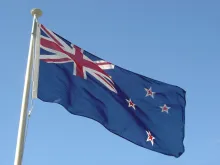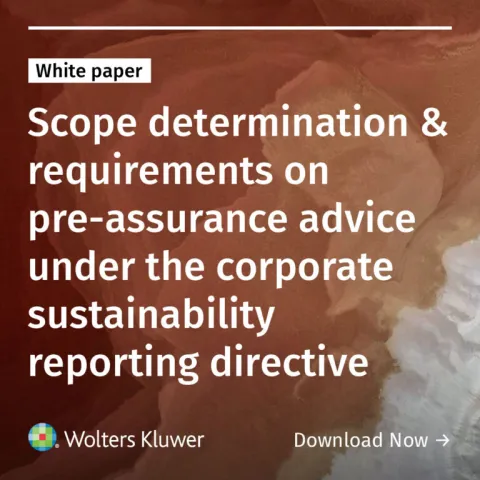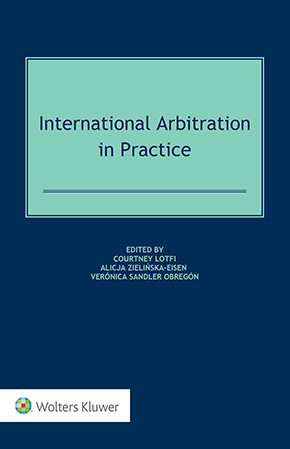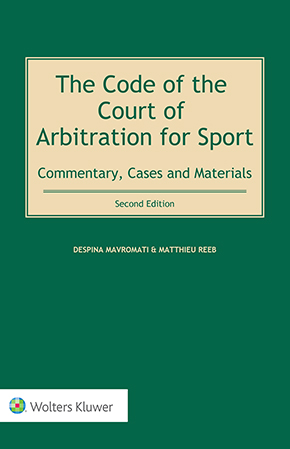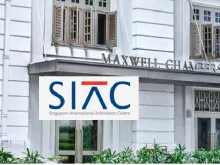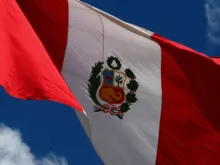The Draft PMAC Arbitration Rules: New Momentum for Patent Arbitration
August 22, 2025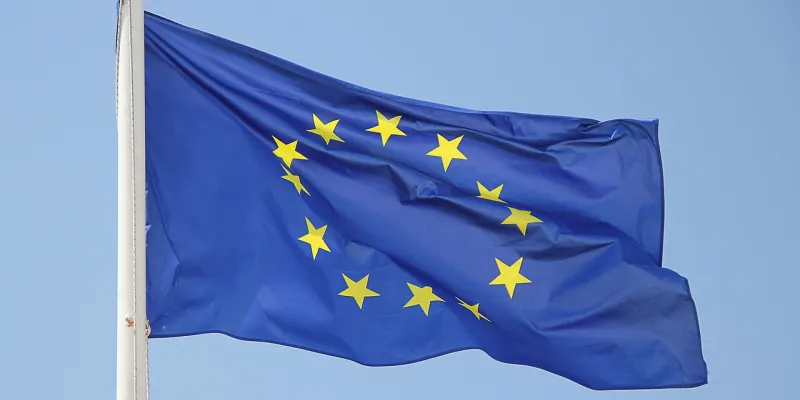
With its launch underway, the Patent Mediation and Arbitration Centre (“PMAC”) is set to become the new hub for resolving patent disputes outside of court. The PMAC was established under the same treaty as the Unified Patent Court (“UPC”) — the Agreement on a Unified Patent Court (“UPCA”), which has been ratified by 18 EU Member States so far. With the UPC up and running since June 2023, its founders are now focusing on setting up the PMAC, which could also help ease the burden on the increasingly busy UPC. On 28 May 2025, they published a draft of the Arbitration Rules, warranting a closer look at how European patent disputes may soon be arbitrated.
What Would PMAC Tribunals Decide?
Traditionally, patent disputes have been considered the exclusive domain of national courts. Today, however, a clear international trend across multiple jurisdictions has emerged recognizing their arbitrability (see here and here). The United States, Singapore, Hong Kong, France, and Belgium have expressly confirmed that patent disputes are arbitrable.
The very existence of the PMAC aligns with this trend. Article 2(3) Arbitration Rules clarifies that arbitration proceedings may cover any “disposable right,” confirming for all Contracting Member States that patent-related disputes are, in principle, arbitrable. This provision also allows parties to expand PMAC tribunals’ competence beyond the UPC’s jurisdictional limits.
Matters become complex when arbitral tribunals decide on patent validity. The erga omnes effect of patent revocation conflicts with the jurisdiction of arbitral tribunals, which is, by its contractual nature, limited to decisions inter partes. Nonetheless, it is uncontroversial that arbitral tribunals may address questions of patent validity as preliminary issues since these decisions will not have a res judicata effect. Notably, in Germany, the Regional Court of Munich held that, since patentees can voluntarily surrender their patents, tribunals can achieve similar outcomes through contractual mechanisms, for example, by ordering the patentee to surrender the patent as part of an arbitral award (but see here). This can, in turn, be considered an indirect means of invalidating a patent. Belgium and Switzerland explicitly allow such workarounds (see here).
Unlike these jurisdictions, the PMAC does not appear to be a pioneer in that regard. Article 35 UPCA provides that “a patent may not be revoked or limited in […] arbitration proceedings.” However, Article 2(2) Arbitration Rules allows for the “surrender workaround” through settlements or consent awards. This openness implies that PMAC tribunals may at least decide on patent validity as a preliminary issue with an inter partes effect, even when rendering non-consent awards.
How Would PMAC Arbitration Proceedings Be Conducted?
As is often the case for arbitrations, PMAC proceedings may start based on an arbitration clause incorporated, for example, in a licensing agreement. But Article 3 Arbitration Rules and Rule 11 UPC Rules offer another avenue: the UPC may suggest that parties to a pending litigation consider transferring their dispute to a PMAC tribunal. If interested, any party can request an “ADR information conference” as a platform for the parties to discuss choosing arbitration over litigation. This unique referral mechanism may help the PMAC overcome its “Liability of Newness.”
Once a dispute is referred to a PMAC tribunal, the Arbitration Rules align with the approach of the most renowned arbitration institutions, such as SIAC, ICC, DIS, and the AAA (see here). In addition, the drafters drew from the experience of IP-focused organizations, such as the WIPO Arbitration and Mediation Center. The result is a framework that is state-of-the-art and, for the most part, unsurprising to the eyes of an arbitration practitioner.
However, a few provisions stand out. For example, Article 22(4) Arbitration Rules requires that the proceedings shall be concluded within a year, while Article 6 imposes an even stricter six-month limit for disputes with amounts in dispute not exceeding EUR 1 million. Moreover, Article 31 provides a modified version of the IBA Rules on the Taking of Evidence regarding document production. This departure from established practice might create unnecessary legal uncertainty and would be better left to party agreement and tribunal discretion.
Which Provisions Are Patent-Specific?
The Arbitration Rules are tailored to address certain particularities of patent disputes. For example, they allow for interim measures (Article 26) and emergency arbitrators (Article 27), both permitting ex parte decisions. While these features are found in several arbitration rules, they are particularly valuable in patent disputes given their time-sensitive nature.
The PMAC’s flagship innovation, however, is the special procedure for disputes over standard essential patents (“SEP”) and their fair, reasonable, and non-discriminatory (“FRAND”) licensing (see here). Arbitration is particularly helpful in this context given that SEP portfolios typically encompass numerous patents across multiple jurisdictions. While national courts can only adjudicate domestic patents, a single arbitration can cover the entire global portfolio, thus avoiding costly parallel proceedings in dozens of jurisdictions — a crucial advantage of the PMAC.
Article 48 Arbitration Rules recognizes the need for enhanced confidentiality in FRAND disputes, exceeding the general confidentiality obligations of Article 45. Tribunals may implement various confidentiality measures, such as redacting documents, conducting in-camera reviews, and appointing a confidentiality officer. However, given that patent-related disputes routinely involve sensitive information, it remains unclear why this increased confidentiality level is reserved for FRAND disputes. Extending this regime to all disputes would align with the WIPO Arbitration Rules and better address the confidentiality needs of patent disputes generally.
Further, Article 46 requires parties to define the scope of their FRAND dispute “as precisely as possible.” In practice, parties can achieve this precision only after a dispute has arisen through a submission agreement or by limiting the scope of the arbitration during the proceedings. Before a dispute arises, parties will typically agree to a general model clause that encompasses any potential future dispute. The PMAC should consider this practical reality when drafting model clauses. Time will tell whether parties will adopt such clauses, or if SEP holders will continue pursuing litigation before the UPC. This choice may well be influenced by how the UPC handles FRAND defenses.
How Would Parties Reach Settlements?
The PMAC places particular focus on fostering amicable settlements. Although the traditional view is that tribunals should decide matters in an enforceable award, modern arbitral rules, including Article 22(4) Arbitration Rules, allow tribunals to encourage parties to consider settlement. However, tribunals must take care not to overstep their mandate. For example, providing preliminary assessments to steer parties toward settlement may require explicit party consent. Otherwise, it could lead to challenges over the tribunal’s impartiality.
Beyond this facilitative role, the PMAC offers a distinct benefit via Rules 11.2 and 365 UPC Rules. If arbitration leads to a settlement or a consent award, the parties may request the UPC to confirm it, thereby transforming it into a court decision enforceable across all EU Member States — not just those participating in the UPCA. The parties are, therefore, presented with the flexibility of selecting a dispute resolution process tailored to their preferred enforcement regime (see also here).
Is PMAC Compatible with Achmea?
Recently, arbitration within the EU has suffered major blows. In 2018, the European Court of Justice (“ECJ”) handed down the notorious Achmea decision, effectively banning investment arbitration between EU Member States (see here). In 2021, the ECJ extended this decision in Komstroy to the Energy Charter Treaty.
This development raises the question of whether the PMAC is immune from this blowback. Like the investment treaties, the UPCA is a treaty concluded among EU Member States. Moreover, PMAC tribunals cannot refer preliminary questions to the ECJ under Article 267 TFEU. What is more, Articles 18 and 21 Arbitration Rules allow parties to choose non-EU law and a non-EU arbitration seat, thereby potentially circumventing the ECJ’s oversight altogether.
So far, however, the ECJ has distinguished sharply between investment and commercial arbitration, with the latter remaining unaffected by Achmea. In Eco Swiss and Mostaza Claro, the ECJ upheld commercial arbitration, noting that public policy review by national courts provides sufficient protection for EU law.
Can PMAC arbitration expect the same protection? On the one hand, its structure as a state-created system where EU Member States remove disputes from EU jurisdiction may push it toward the problematic Achmea category. On the other hand, PMAC arbitration is not treaty-mandated but depends on party consent. This consent-based approach might be the key distinction satisfying the ECJ that public policy reviews by national courts adequately protect EU law.
Regardless of these jurisdictional uncertainties, the PMAC represents a promising addition to the arbitration landscape and marks a significant development in patent arbitration. Positioned alongside the UPC, it offers parties a full suite of dispute resolution mechanisms. The real test will be whether parties will choose the PMAC over traditional litigation; its draft Arbitration Rules certainly provide a strong foundation for this choice.
The views expressed herein are the authors’ personal views and do not necessarily reflect the views of their employers or clients.
You may also like


